Vienna gasometers: structures of the past that have become the embodiment of the future
Categories: Design and Architecture | Europe | Technology
By Pictolic https://pictolic.com/article/vienna-gasometers-structures-of-the-past-that-have-become-the-embodiment-of-the-future.htmlVienna gasometers, or as they are also called gas holders, are four industrial structures built at the end of the 19th century. Having served people for almost a century, they turned out to be unclaimed and were even planned to be demolished. But through the efforts of the architects, the buildings were converted into commercial and residential real estate. Now they are not only useful again, but are also considered important landmarks of the Austrian capital.
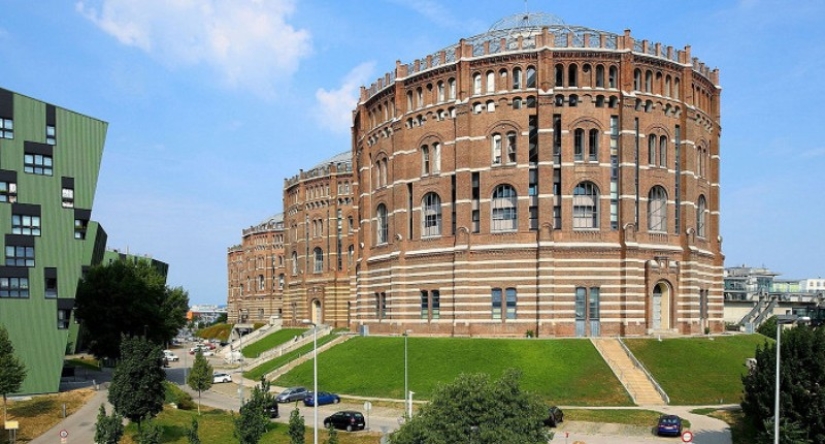
The four Vienna gasometers were built between 1896 and 1899. These are round reservoir buildings with a height of 70 and a diameter of 60 meters. Their purpose was to store coke oven gas, which was used by city residents for household needs and for street lighting. At that time these were the largest buildings of this type in Europe.
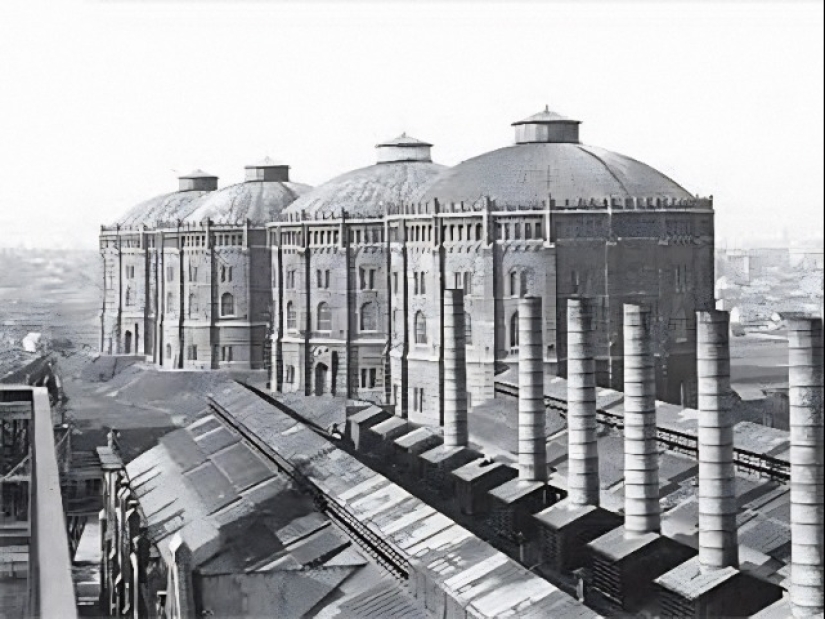
Gas tanks were used until 1984, when Austria completely switched to natural gas. The need for large storage facilities disappeared, and the four towers stood abandoned for a long time. The Vienna authorities have repeatedly discussed the fate of the structures, which occupied a huge area in the urban area and, in the opinion of many, disfigured the city.
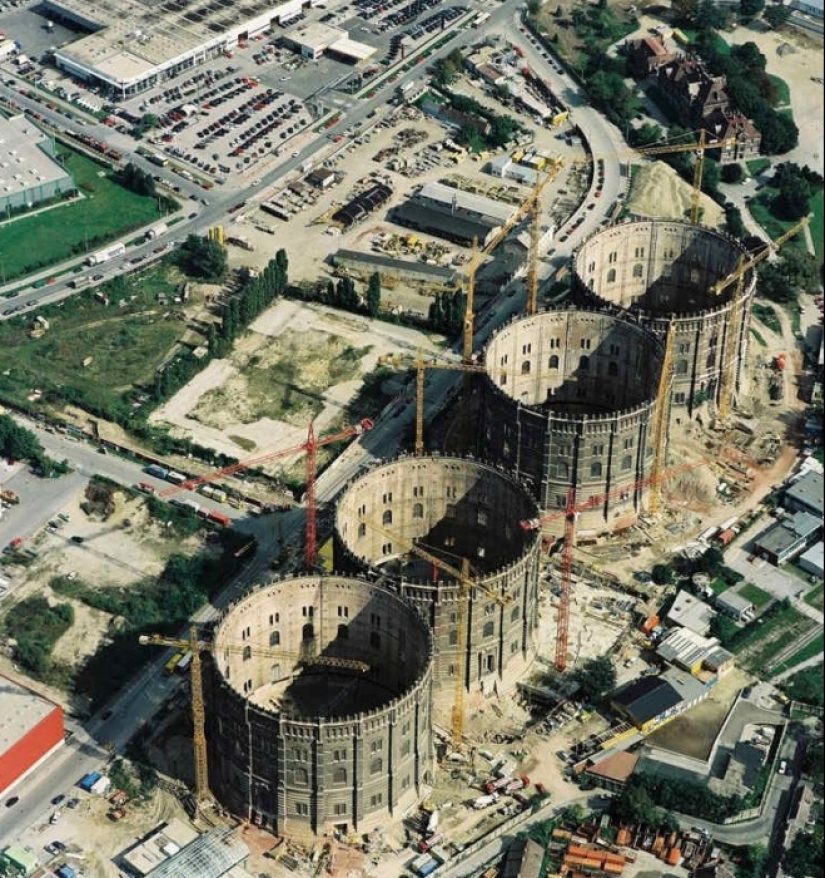
Fortunately, it didn't come down to demolition. In 1995, they decided to rebuild the gasometers and announced an architectural competition. It was won by 4 bureaus at once, including the company of the famous Jean Nouvel, who gave Barcelona the Torre Agbar skyscraper. Then there were 6 long years of work, and in 2001 the grand opening of the towers, rebuilt into modern complexes, took place.
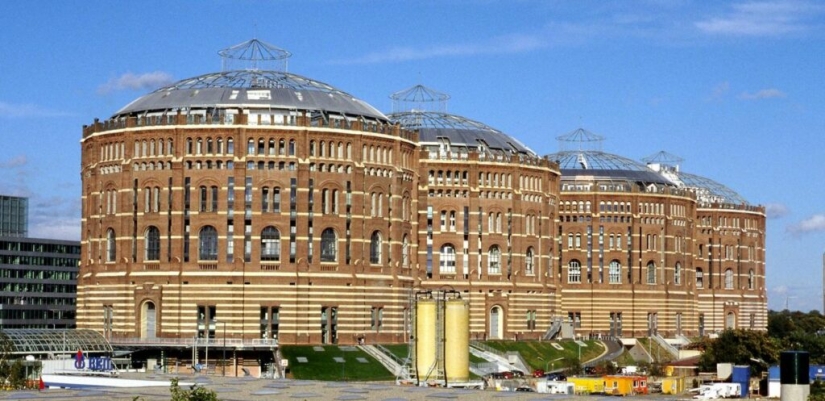
The four buildings house residential apartments, shops, restaurants, cinemas, fitness clubs, offices and much more. One of the former gas tanks even has a concert hall with 2,000 seats. They were all connected by covered walkways, and now residents and guests of the complex can move freely between the buildings.
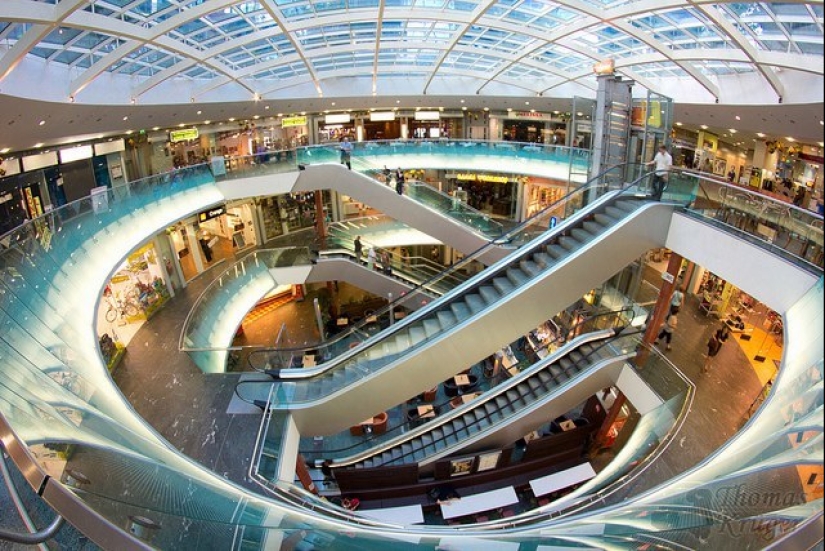
Each gas meter accommodated 200 residential apartments, the windows of which faced the internal covered courtyard. It is crowned with a glass dome, making the inside light and comfortable.
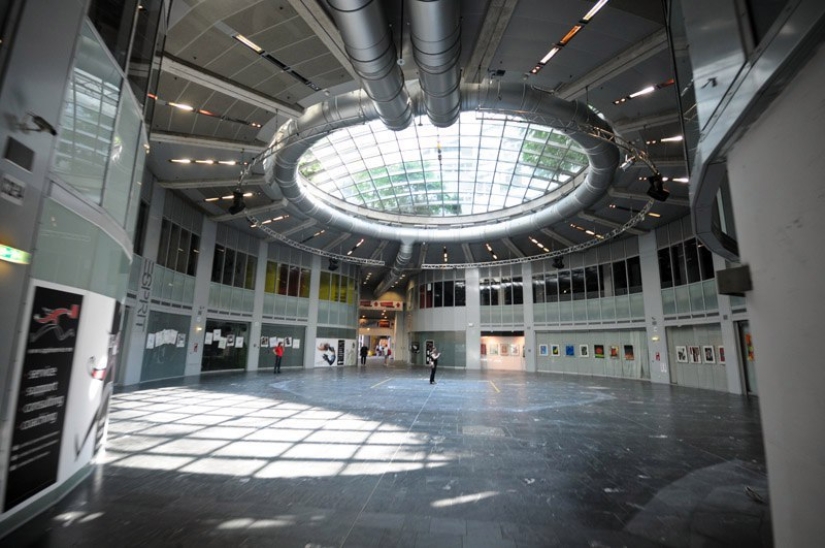
In the buildings, which are simply called A, B, C and D, there was also space for a student dormitory and a city archive. We can say that gasometers are autonomous - there is everything inside so that you can not leave their walls.

Of course, everything related to gas storage was dismantled. Only the white dials on the facades remind us of the past life of gasometers. Once they showed gas pressure, but now they have become just an interesting “trick”. Also, an element of gas equipment was preserved near one of the buildings. It looks unusual and tourists love to take pictures next to it.
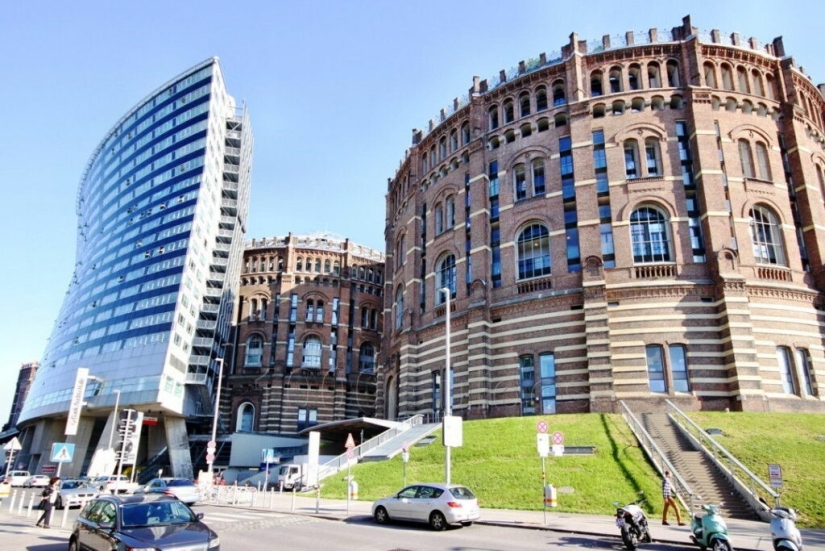
Very close to one of the gasometers there is another interesting building. This is the “broken” Schild (“Shield”) complex, which seems to be leaning dangerously over the tower. But everything is in order - the building stands exactly as the architects intended it. By the way, “slanted” objects are very popular all over the world.
Recent articles

Most of us think that the color of the eggshell does not play any role and it is possible not to pay attention. But it's not and ...

The more we rely on technology, the more potential power hackers gain over us. It doesn't matter if their goal is to help or cause ...

Creating a good portrait is one of the most difficult tasks for any photographer. In order to make a really natural and memorable ...